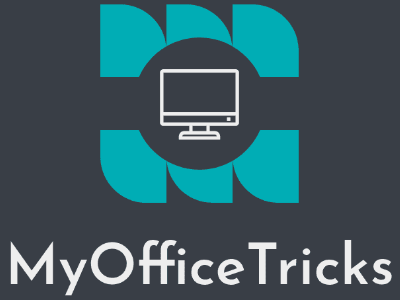When using a computer, privacy, security, and organization are key aspects to consider. Whether you share a computer with others, store sensitive information, or simply want a tidy desktop, hiding folders can be a helpful technique. In this article, we will discuss how to hide folders on your computer and the reasons behind this practice.
There are several reasons why you might want to hide folders on your computer:
Privacy: If your computer is shared with others, you may wish to keep certain files or folders containing personal or sensitive information private. Hiding folders can help you achieve this.
Security: To protect confidential information or sensitive data on your computer, such as financial records or business documents, hiding folders can help prevent unauthorized access.
Organization: If numerous files and folders clutter your desktop, hiding folders that are infrequently used or unimportant can help maintain a tidy and organized computer.
Aesthetics: For a clean and minimal desktop appearance, hiding folders can contribute to this desired look.

How to Hide Folders on Your Computer:
1. Basic Hiding (Windows):
- Right-click on the folder and select “Properties.”
- Under the “General” tab, check the “Hidden” box.
- Click “Apply” and then “OK.”
2. Basic Hiding (Mac):
- Open Terminal (found in Applications > Utilities).
- Type the following command: chflags hidden [path to folder]
- Press Enter.
3. Changing Folder Name and Icon:
- Rename the folder to make it less obvious (e.g., “System Files” or “Temporary”).
- Change the folder icon to something less noticeable or similar to other system folders.
4. Password-Protecting Folders:
- Use a third-party application like 7-Zip (Windows) or Encrypto (Mac) to create a password-protected archive of the folder.
- Delete the original folder after creating the archive.
5. File/Folder Encryption:
- Use encryption software like VeraCrypt or AxCrypt to encrypt your folder, making it unreadable without the decryption key or password.
6. Using Hidden Disk Partitions:
- Create a hidden partition on your hard drive or a separate storage device to store sensitive folders.
- Use disk management tools like Disk Management (Windows) or Disk Utility (Mac) to create and manage hidden partitions.
7. Cloud Storage with Encryption:
- Store sensitive folders in a cloud storage service that offers encryption, such as Tresorit or SpiderOak ONE.
- Remove the folder from your local computer after uploading it to the cloud.
Keep in mind that none of these methods are foolproof, and determined users with the right skills and tools may still be able to access your hidden folders. Always ensure you have a backup of your important data and consider combining methods for added security.

Leave a Reply